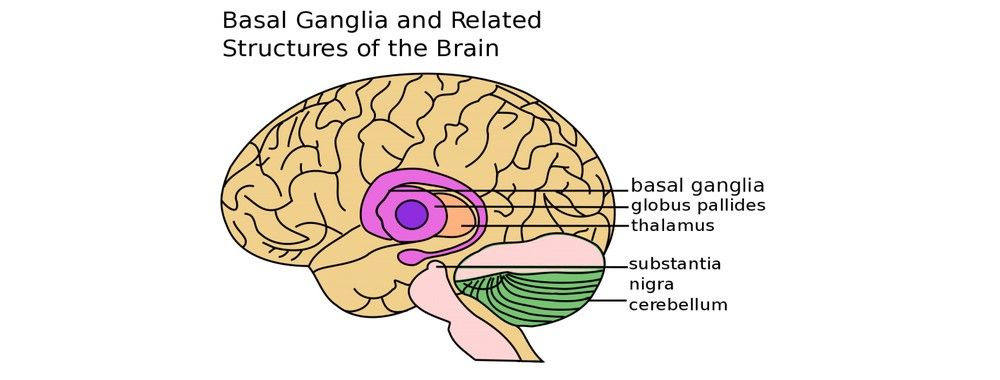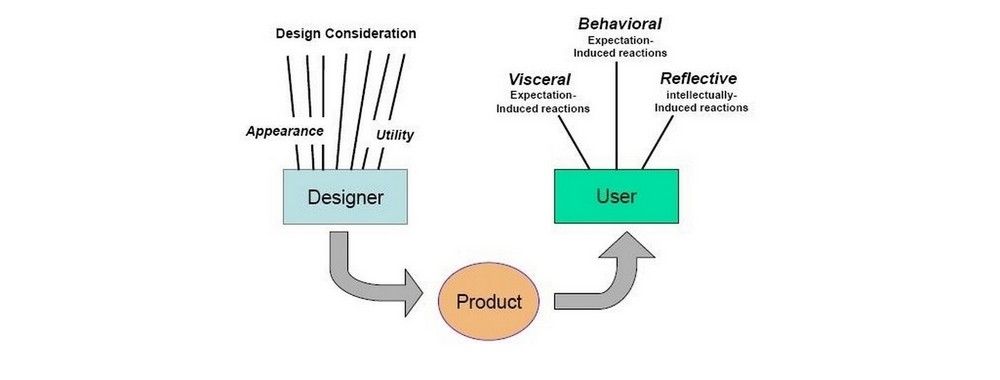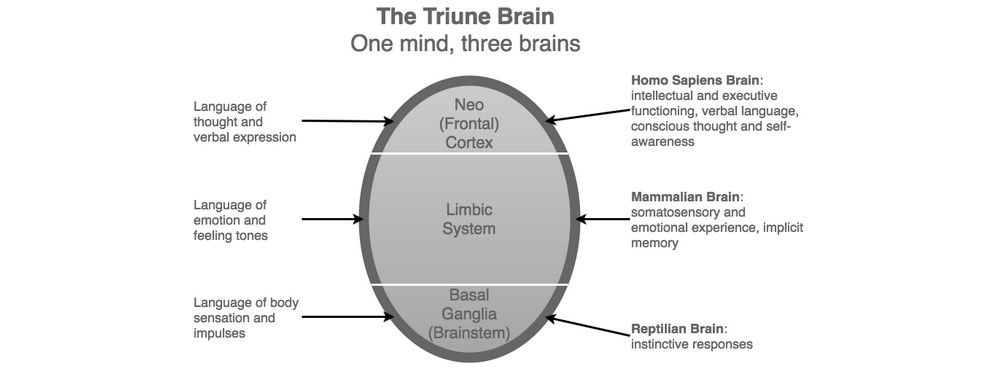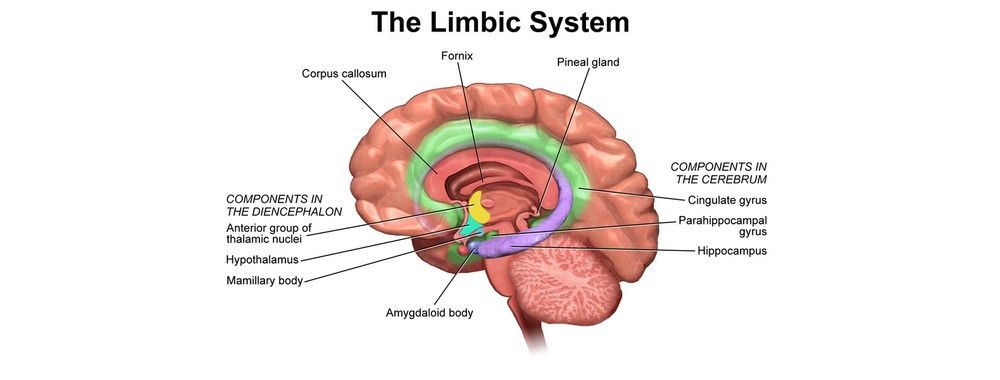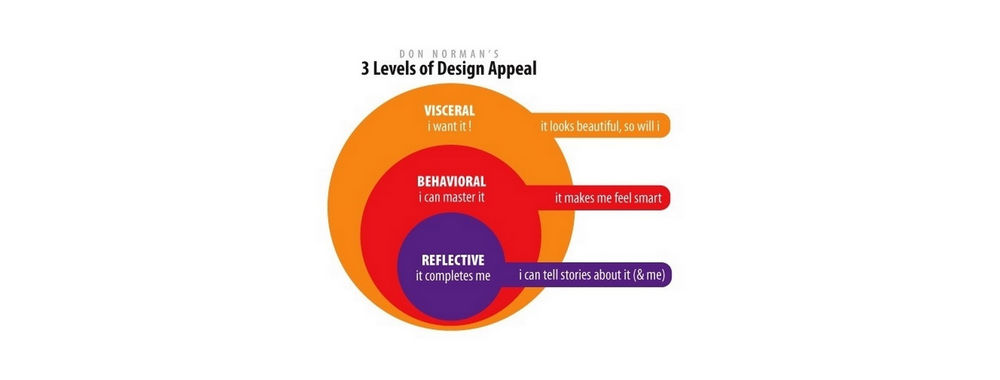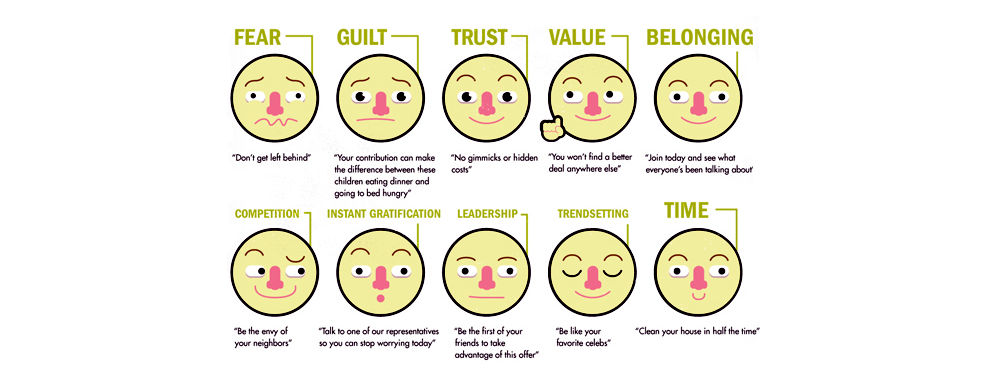Positive emotional experiences are specific to the individual. However, we share many characteristics, which, to a certain extent, make things a little easier for designers. If we had to alter a design according to every single person who uses it, the budget would be extinguished within a matter of weeks and, as the saying goes, you can't please everybody. To design products with positive user experiences, we must identify the wants, needs, and expectations of the intended users, and develop designs that accommodate any variations without sacrificing usability. While this is an important factor, it is not the be all and end all. Some products with relatively low levels of usability can achieve success if they manage to please the user in one way or another. However, designers should aim for both so as to create products that possess the capacity for genuine and enduring positive emotional experiences.
The first principle of design on most people's minds is usability; how the product behaves according to our expectations and limitations does have a significant impact on how likely we are to continue using a product. However, there are millions of products that cannot simply offer good usability; instead, they must have high levels of usability and offer enjoyable emotional experiences. For example, a computer game might have great controls – well engineered according to the tangible user interface(s) through which players control characters and elements on-screen – but if the gaming experience is poor, then gamers will save their money or buy an alternative.

Author/Copyright holder: Marie-Lan Nguyen, Wikimedia Commons. Copyright terms and licence: CC-BY-2.5
This simple utensil promises to give you perfect poached eggs every time!
Using Negative Emotions to Positive Effect
In the gaming industry, emotional design (i.e. designing to induce an emotional response) is particularly complex; up is down and down is up. Emotions we might term negative in the 'real world', such as fear, help to create positive emotional experiences in the virtual world. A game such as Grand Theft Auto will lead the user through a whole host of emotions, all of which help to improve the user experience.
The worst-case scenario with computer games is that no emotion would be elicited. The designer is striving to get the user feeling, whether it is the feeling of pleasure when an objective is narrowly completed or wonder at the scope of things available. Positive emotional experiences are not easy to create, as thousands of designers before us could attest. Hundreds of person-hours are dedicated to researching users and what makes them 'tick'. For example, most design projects now include some user-centered research phase, where their opinions are sought, they are tested under certain conditions, and various iterations of the product are trialled.
In the quest for products capable of providing positive emotional experiences, designers delve into the users’ psychology and investigate what they require from the product. A disconnection between the users’ wants, needs, or expectations and the perceptible characteristics of the product almost inevitably leads to disappointment or some other negative emotion. When the product satisfies and meets the expectations of the user, we are moving ever nearer to inducing a positive emotional response.
Generating positive Emotional Responses
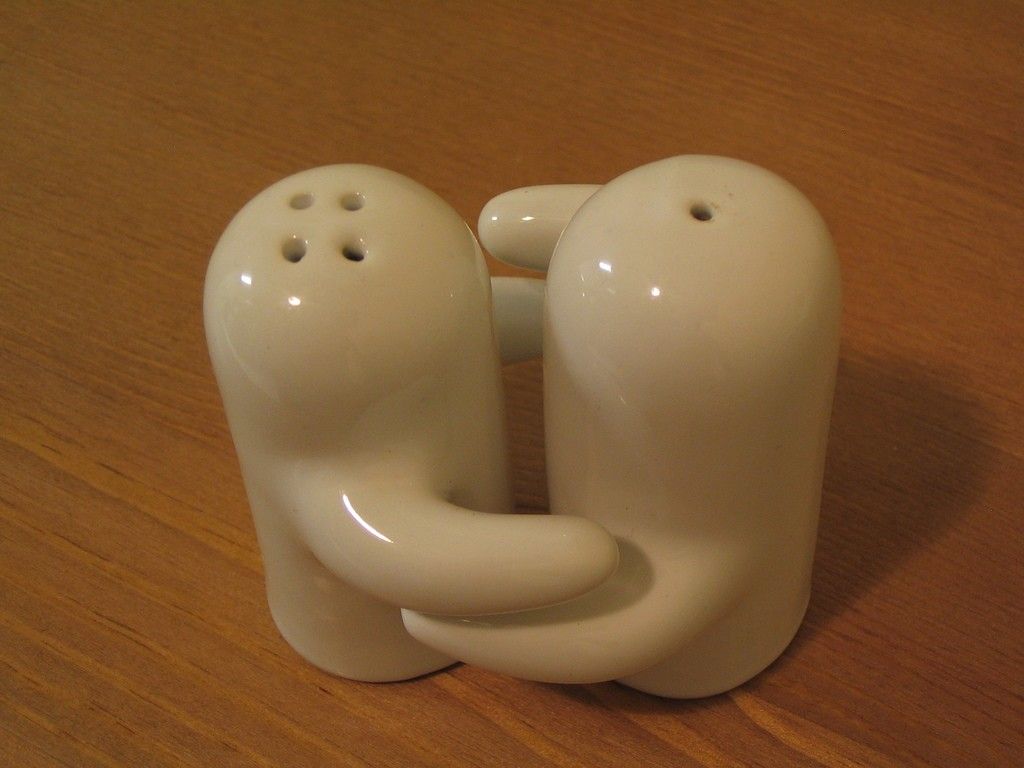
Author/Copyright holder: Bradley Stemke, Flickr. Copyright terms and licence: CC-BY-2.0
Hugging salt and pepper shakers – showing that condiments can have hearts, too
There are endless ways of adding emotionally stimulating qualities to your products. As you can see from the image above, altering the shape of long-established products and objects can turn something that usually fails to grab our attention into something that becomes a talking point and a small source of humor in our day-to-day activities. Not all attempts to add emotion to products are as explicit and instantly apparent. Subtle, underlying qualities can be just as effective if not more so, due to the potential to influence the user's/consumer's subconscious.
Hopefully, you can think of numerous occasions where the things you use and come in contact with on a daily basis provide you with some positive emotional experience. They might not come to mind immediately, but even small things, such as the smoothing of fonts on your mobile’s screen, influence us at some level. On a grander and more significant scale, objects that make our lives easier, such as jar openers and Velcro, by simplifying awkward or difficult procedures, induce positive emotional responses.
Positive emotions are essentially what all designers should be striving for in their products. These positive reactions are usually specific to the product, as evidenced by the gaming example above, but there are some simple things to consider that impact on most products, which are as follows:
Remove Goal Obstacles
The quickest way to frustrate, anger, or even infuriate your users is by blocking them at some point along their goal path. Anything that does not need to be included in a sequence of events should be removed. For example, asking users to enter their password to log out of a website for which they have already provided a password, places an unnecessary step in the process. Computer games might depend on placing obstacles in the user's path to elicit an emotional response, but in the real world people have limited time, limited attention, and limited patience. By increasing the amount of time someone must dedicate to a task, you are also increasing the likelihood they will simply abandon the task/product to preserve their sanity.
Objects are the means, not the task itself
For the majority of human-object interactions, the object itself is merely used as an extension of the person, rather than something that should require intense concentration or close attention. Objects should facilitate, support, and enable the users to achieve their aims and objectives, rather than be the focus of attention. For example, typists achieve a high number of words per minute as they have practiced to such an extent they never need look at the keys, allowing them to dedicate their attention to ensuring the text appears as it should on the screen/page. Could you achieve the same input speed with a touchscreen keyboard? The answer is no, because you lack the ability to sense where your fingers are placed by feeling the shape of the keys. On touchscreens, the keyboard becomes as much the center of attention as the text being inputted. When the things in our environment demand our attention, they take precious cognitive resources away from the actual task at hand. It is essential that there are objects that merely exist for our sensory pleasure, such as paintings and ornaments, but usable things should generally enable the users to act unconsciously, almost without the awareness they are actually using it.
Objects should behave as expected
Problems arise when objects do not behave as anticipated. This is an issue regardless of how frequently someone uses an object; we always anticipate the results of our actions, whether consciously or unconsciously. For example, if we see a raised, button-like object, we will expect it can be pushed; if it does not behave like this, interaction is prone to error, the users’ time will be wasted, and they will lose confidence when planning their interactions with the product/object. The ability to predict the results of our actions is essential when interacting with tools, devices, machines, technologies, and any other usable item in our environment. Over time, we store information in our long-term memory of how things behave. These stored representations of the world inform our every move. A breakdown between these representations and the events following any human-object interaction is likely to result in some form of negative emotional experience.
The Take Away
Positive emotional experiences are specific to the individual. However, we share many characteristics, which, to a certain extent, make things a little easier for designers. If we had to alter a design according to every single person who uses it, the budget would be extinguished within a matter of weeks and, as the saying goes, you can't please everybody. To design products with positive user experiences, we must identify the wants, needs, and expectations of the intended users, and develop designs that accommodate any variations without sacrificing usability. While this is an important factor, it is not the be all and end all. Some products with relatively low levels of usability can achieve success if they manage to please the user in one way or another. However, designers should aim for both so as to create products that possess the capacity for genuine and enduring positive emotional experiences.
References & Where to Learn More
Desmet, P. M. (2012). Faces of product pleasure: 25 positive emotions in human-product interactions. International Journal of Design, 6(2).
Hero Image: Author/Copyright holder: Johannakl. Copyright terms and licence: CC BY 2.0



